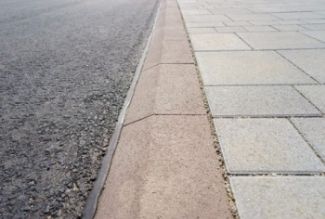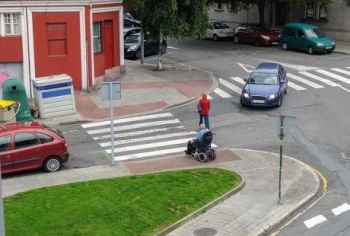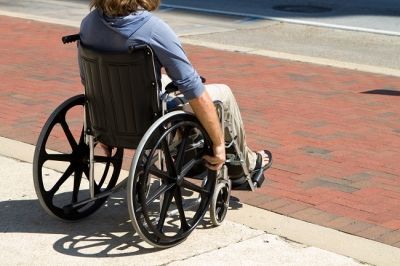The landmark Act was passed in 1990 protecting the rights of disabled people and also providing them with equal and fair opportunities. Known as the Americans with Disabilities Act (ADA), this document made a more widespread attempt at providing disabled citizens equality on the streets of their cities. Title 2 regulations of the Act, further penetrated the need of treating all citizens the same way by bringing on board all public entities that included all 50 states, their local authorities, and agencies. It was unlike how the 1973 Rehabilitation Act was designed to permit disabled individuals to receive financial assistance from the federal authority.
The ADA, which was last revised in 2016, doesn’t consider financial assistance as the only kind of help needed and required by the handicapped nationals but also highlighted the importance of equal and easy access to public properties. These public properties include parks, theaters, restaurants, stores, hospitals, game zones, pubs and any other place where every citizen has the right of going to.
Apart from places and buildings, the Act also necessitates for all local ground transportation facilities to be made accessible for all individuals of this category. Buses, subways, commuter and transit rails must be available for all people whether they are disabled or handicapped. In addition to public vehicles, private transportations like hotel and airport shuttles are also regulated towards being more ADA compliant and asked to provide special services like picking up and dropping off a disabled person at their destination if they aren’t able to travel otherwise.

Additionally, all disabled citizens now enjoy equal opportunities by participating in any service or activity they feel like being a part of without being concerned about any prohibition by local bureaucracies.
Public transportation is being made non-discriminatory to those with disabilities. They must abide by several other ADA requirements as well. These include making new automobiles and modes of transportation more disability friendly and making proper modifications to public buses and subway systems to make them easy to get on for handicapped persons.
For implementations of all ADA prerequisites, local governments and transport agencies are obligated to build their facilities in accord with the predefined standards. These conditions not only apply to new constructions but also the established ones, which also should make the needed changes to guarantee similar access to everyone. The requirements stated in the ADA included sidewalks and curbs to be readjusted for meeting all the current parameters, and any alterations made later should also encompass the standards set.
UNDERSTANDING SIDEWALKS AND CURB RAMPS

Sidewalks are literally the walking paths on either side of the roads, and thousands of people are seen walking down them every day, from early morning to the wee hours of the night. Many people prefer to walk to their destinations if they are nearby. Since there are hundreds of individuals walking on a sidewalk every minute, it gets overwhelming for a wheelchaired person to guide his way through the crowd. Another situation arises when there’s a slight bump or a grate on the road, and they can’t get past it.
In order to solve these issues, the ADA has made it compulsory for all sidewalks to incorporate curb ramps onto them. These curb ramps are basically solid concrete ramps installed on top of the roads to accommodate easy access for a wheelchair. The ramp is connected to the road in a way that it allows the handicapped people to drive themselves on and off the sidewalk without any hesitance or assistance. A common place for these ramps to be installed is the point where a sidewalk forms a curb commonly at road intersections. But care should be taken that they are not too wide to cause traffic issues.
TECHNICAL SPECIFICATIONS

The ADA guidelines also clearly state the measurements that are to be followed to make sidewalks compliant with the ADA regulations. In order to make the footpaths easy to use by wheelchair-bound people, the width of a sidewalk should be a minimum of 3 feet while the surface texture should be firm, steady and non-slippery. The slope should be constructed with a material that doesn’t misbalance the wheelchair.
Furthermore, the slope should not be more than the ratio 1:20 and if any elevations are to be made of more than a half inch, they require a ramp or elevating facility to be constructed. Also, if there are any grates on the road, the ramp should be made at enough elevated height so that a wheelchair could easily move over it.
